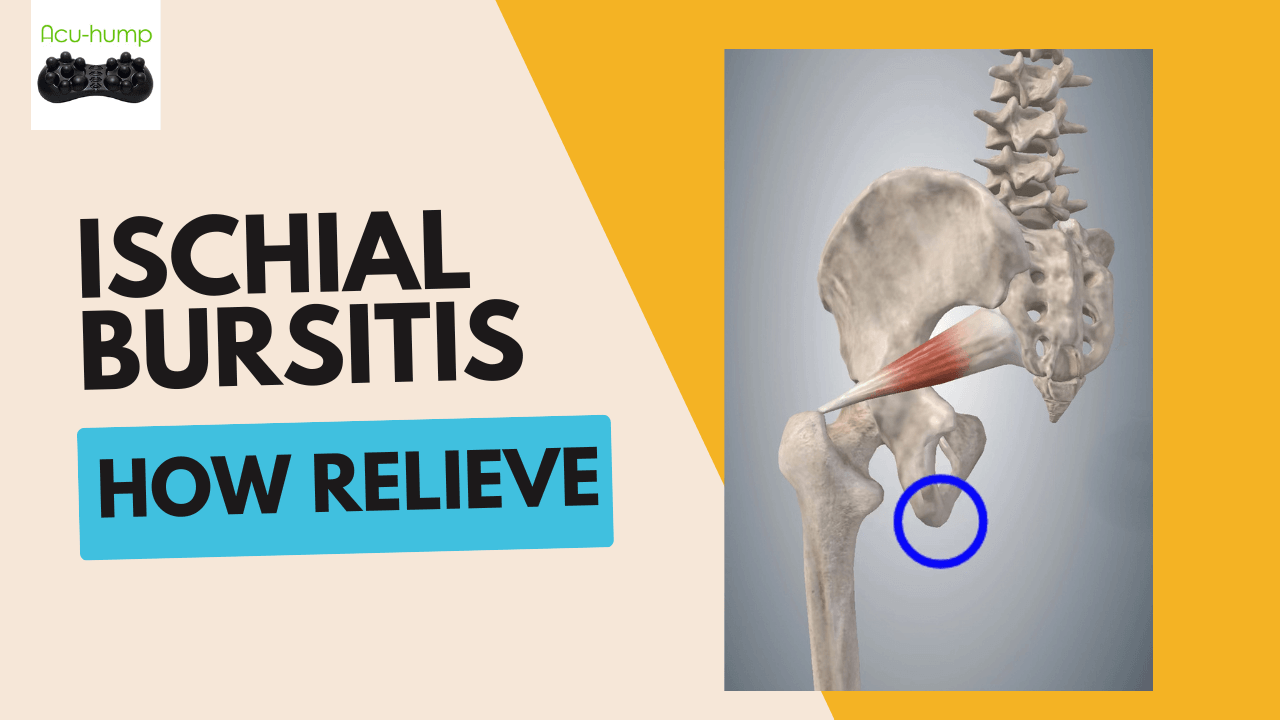Health
Why My Buttocks Hurt When I Sit

Are you experiencing discomfort and wondering, “Why do my buttocks hurt when I sit?” The answer may lie in two common conditions: ischial bursitis and piriformis syndrome. In this article, we will explore these conditions in detail, highlighting their causes and symptoms, to help you understand why you might be experiencing pain in your buttocks when sitting.
Ischial bursitis refers to the inflammation of the bursa located between the hamstring muscles and the ischial tuberosity, commonly known as the sit bones. The bursa acts as a cushion, reducing friction between the muscles and bones. When it becomes inflamed, sitting can cause pain and discomfort directly on the sit bones.
On the other hand, piriformis syndrome is characterized by the irritation or compression of the piriformis muscle. The piriformis muscle is located deep in the buttock region and plays a role in hip and leg movement. When this muscle becomes tight or inflamed, it can put pressure on the sciatic nerve, leading to pain that radiates from the buttocks down the back of the leg.
To accurately determine whether your buttock pain when sitting is caused by ischial bursitis or piriformis syndrome, pay attention to the accompanying symptoms. Ischial bursitis typically presents with tenderness and pain directly on the sit bones. This pain may worsen when sitting or lying down for prolonged periods. On the other hand, piriformis syndrome often results in a deep ache or sharp pain that radiates down the back of the leg. You may also experience numbness, tingling, or weakness in the affected leg.
Now that we have discussed the causes and symptoms of ischial bursitis and piriformis syndrome, let’s explore some potential solutions to relieve your buttock pain when sitting:
Take Breaks: Avoid sitting for extended periods of time. If you have a desk job or need to sit for long durations, make a conscious effort to take regular breaks and stand up, stretch, or walk around.
Use Cushions: Consider using cushions or padded seat inserts to provide extra support and reduce pressure on the sit bones. The cushions should be firm enough to offer support but still provide cushioning.
Practice Good Posture: Ensure that you maintain proper posture while sitting. Sit with your back straight, shoulders relaxed, and feet flat on the floor. Avoid crossing your legs, as this can aggravate the symptoms.
Stretching Exercises: Engage in regular stretching exercises that target the hamstrings, glutes, and hip muscles. An effective way to alleviate buttock pain when sitting is to incorporate the Acu-Hump into your stretching routine. This innovative tool allows you to simultaneously stretch and apply deep pressure to your muscles, helping to accelerate the release of tightness in your glutes and other hip muscles.
Apply Heat or Cold Therapy: Depending on the underlying cause and personal preference, try using either heat or cold therapy to relieve pain and inflammation. Apply a heating pad or take a warm bath to relax the muscles, or use an ice pack or cold compress to reduce inflammation.
Seek Professional Help: If your symptoms persist or worsen, it is advisable to seek medical attention. A healthcare professional, such as a physical therapist or orthopedic specialist, can evaluate your condition, provide an accurate diagnosis, and recommend appropriate treatment options.
By understanding the differences between ischial bursitis or piriformis syndrome, you can take the necessary steps to alleviate your buttock pain when sitting. Implementing the suggested solutions, such as taking breaks, using cushions, practicing good posture, engaging in stretching exercises, and considering heat or cold therapy, can help relieve your discomfort. However, if the pain persists, it is crucial to consult a healthcare professional for a thorough evaluation and personalized treatment plan.


